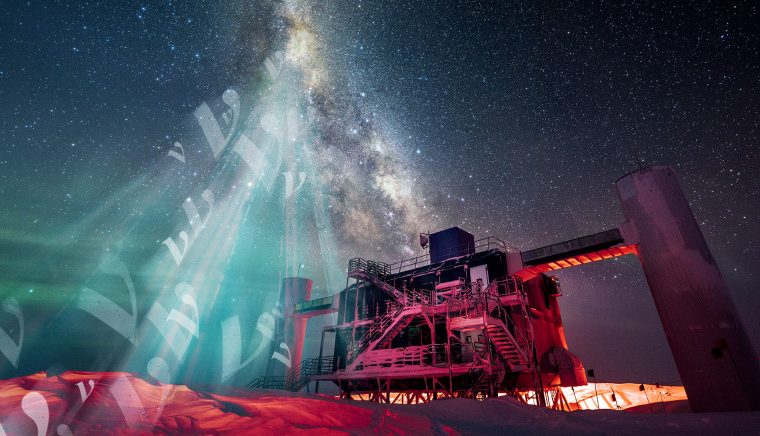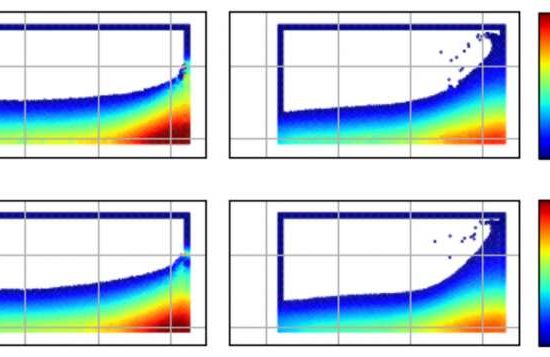
The Milky Way galaxy is an awe-inspiring feature of the night sky, dominating all wavelengths of light and viewable with the naked eye as a hazy band of stars stretching from horizon to horizon. Now, for the first time, the IceCube Neutrino Observatory has produced an image of the Milky Way using neutrinos — tiny, ghostlike astronomical messengers.
In a June 30 article in the journal Science, the IceCube Collaboration — an international group of more than 350 scientists — presents this new evidence of high-energy neutrino emission from the Milky Way. The findings indicate that the Milky Way produces far fewer neutrinos than the average distant galaxies.


“What’s intriguing is that, unlike the case for light of any wavelength, in neutrinos, the universe outshines the nearby sources in our own galaxy,” says Francis Halzen, a professor of physics at the University of Wisconsin–Madison and principal investigator at IceCube.
The IceCube search focused on the southern sky, where the bulk of neutrino emission from the galactic plane is expected near the center of the galaxy. However, until now, a background of neutrinos and other particles produced by cosmic-ray interactions with the Earth’s atmosphere made it difficult to parse out neutrinos originating from galactic sources — a significant challenge compounded by relatively sparse neutrino production in general.
To overcome these challenges, IceCube collaborators at Drexel University developed analyses that select for detections of astrophysical neutrinos from the southern sky. Machine learning methods developed by IceCube collaborators at TU Dortmund University further improved the identification of astrophysical neutrinos, along with their direction and energy reconstruction. The observation of neutrinos from the Milky Way is a hallmark of the emerging critical value that machine learning provides in data analysis and event reconstruction in IceCube.
The dataset used in the study included 60,000 neutrinos spanning 10 years of IceCube data. These neutrinos were compared to previously published prediction maps of locations in the sky where the galaxy was expected to shine in neutrinos.
The observation of the galactic plane with IceCube has profound implications. An analysis by Halzen and UW–Madison IceCube colleagues Ke Fang and Jay Gallagher indicates that the Milky Way is 10 to 100 times dimmer in neutrinos than the average of distant galaxies. This may be an important clue to solve the ongoing mystery of precisely where and how extremely high-energy cosmic rays are produced.
“One implication is that our galaxy has not hosted the type of sources that produced the bulk of high-energy neutrinos for the past few million years,” says Fang, “which is roughly the time since the last jet activity of the black hole of our own galaxy.”
Planned and future follow-up analyses by IceCube will further understanding of the particle accelerators of the Milky Way galaxy.
“As is so often the case, significant breakthroughs in science are enabled by advances in technology,” says Denise Caldwell, director of NSF’s Physics Division. “The capabilities provided by the highly sensitive IceCube detector, coupled with new data analysis tools, have given us an entirely new view of our galaxy — one that had only been hinted at before. As these capabilities continue to be refined, we can look forward to watching this picture emerge with ever-increasing resolution, potentially revealing hidden features of our galaxy never before seen by humanity.”









